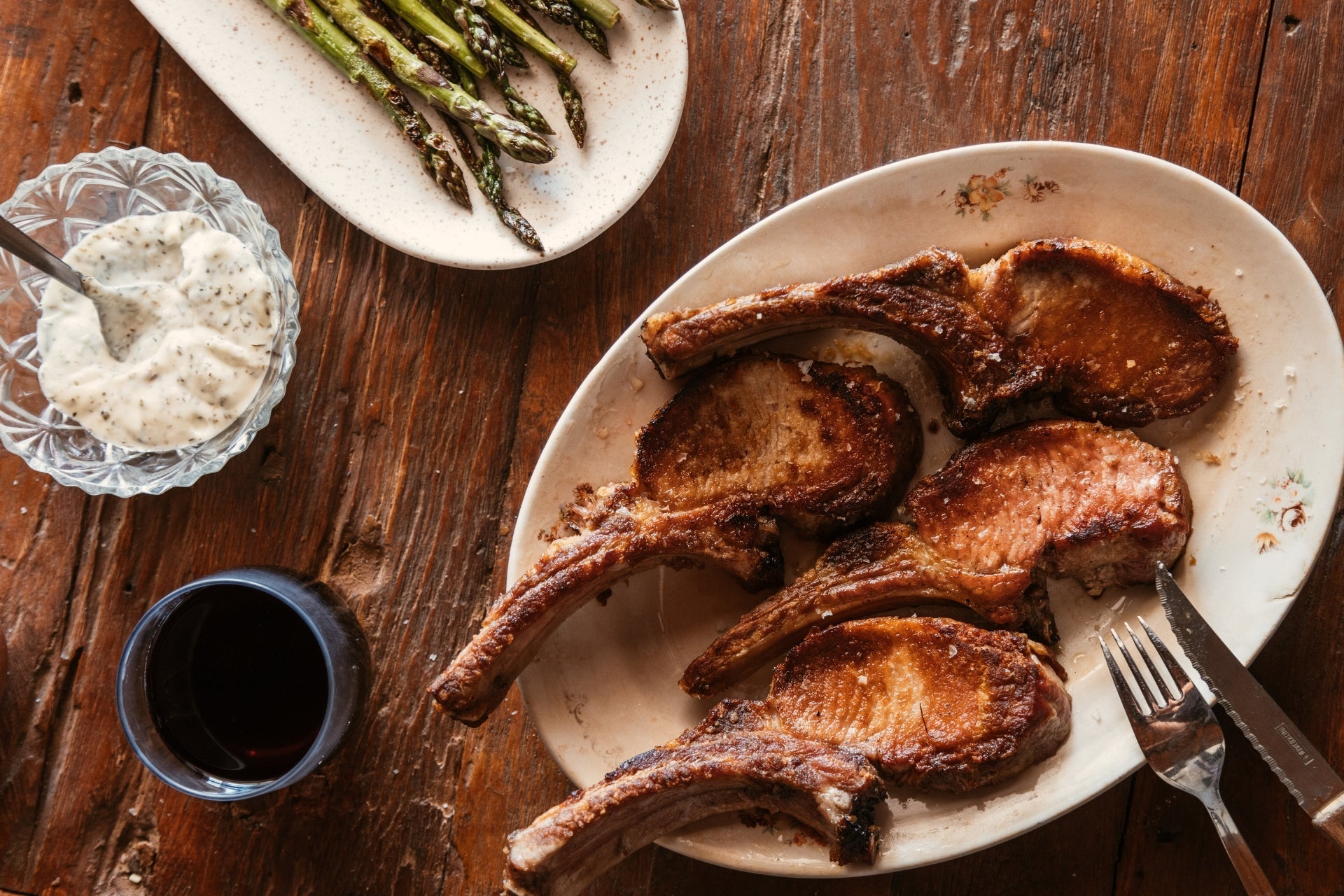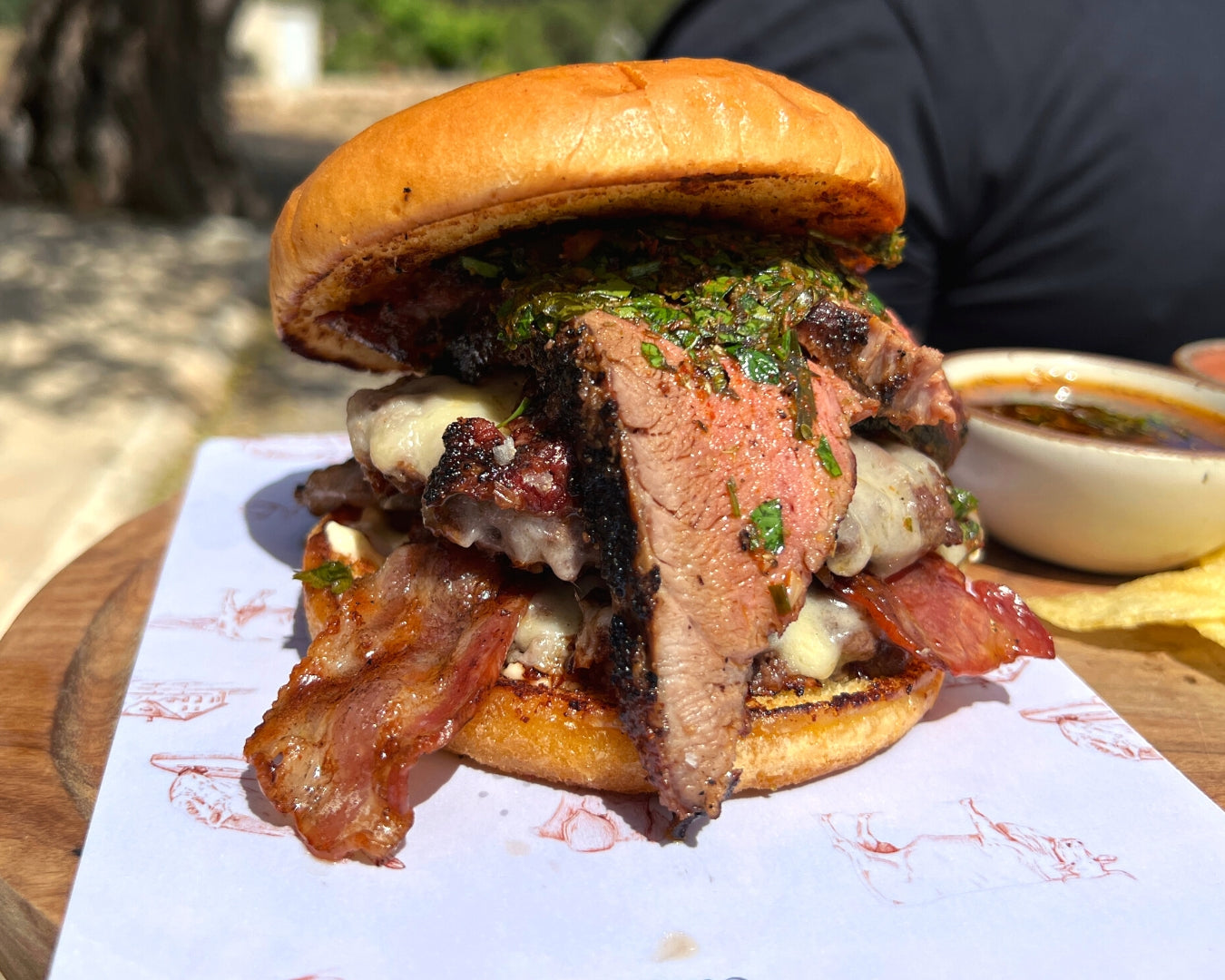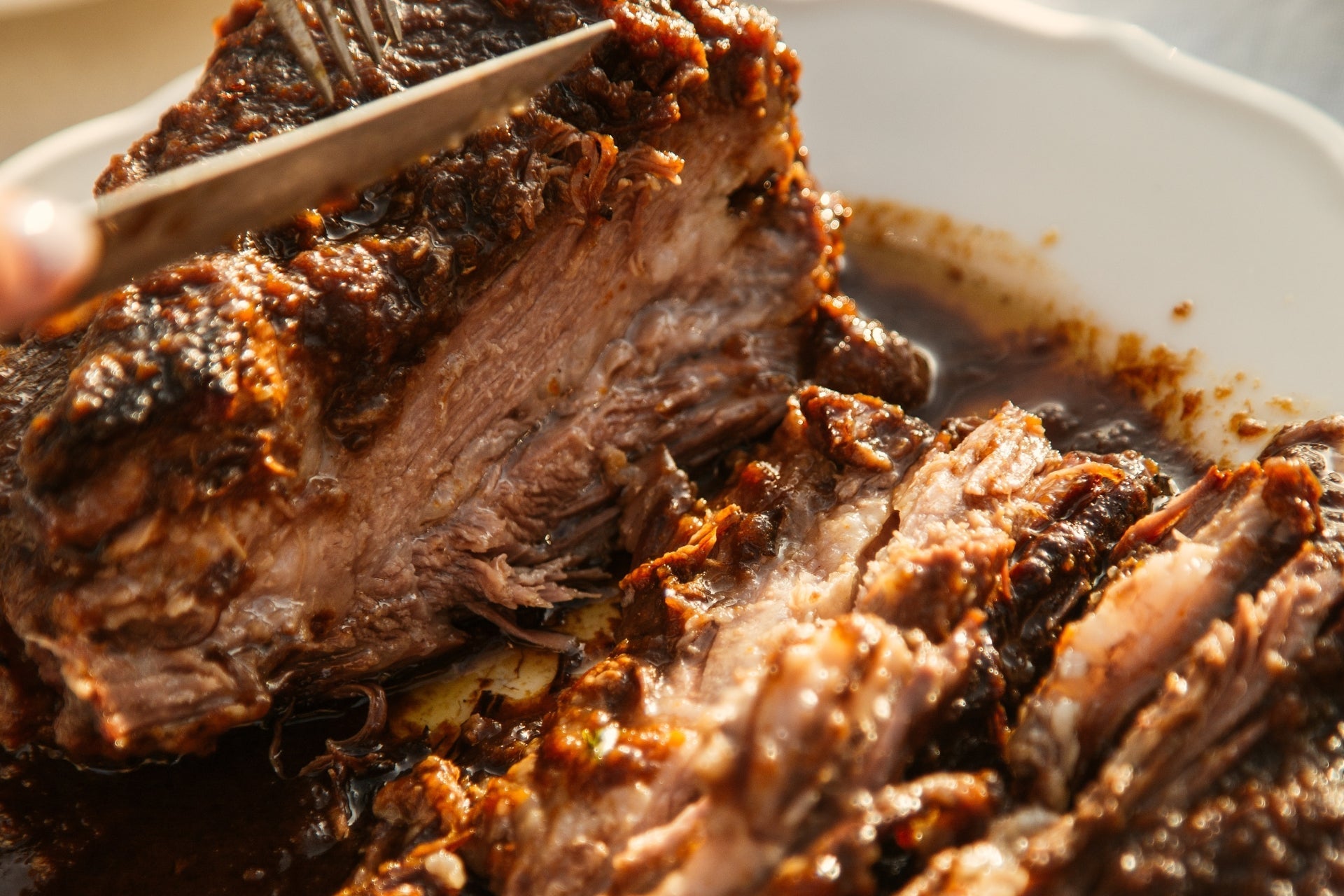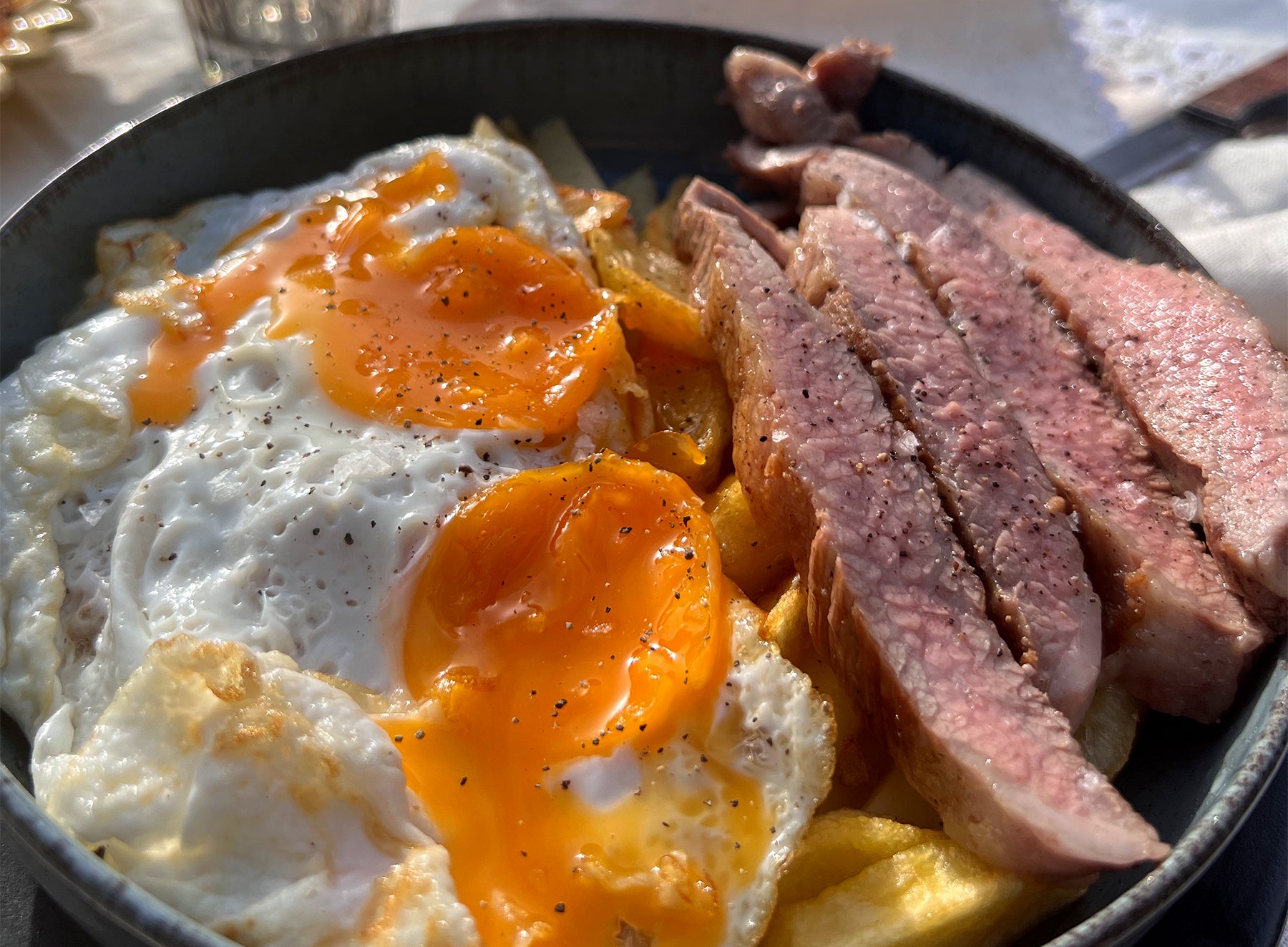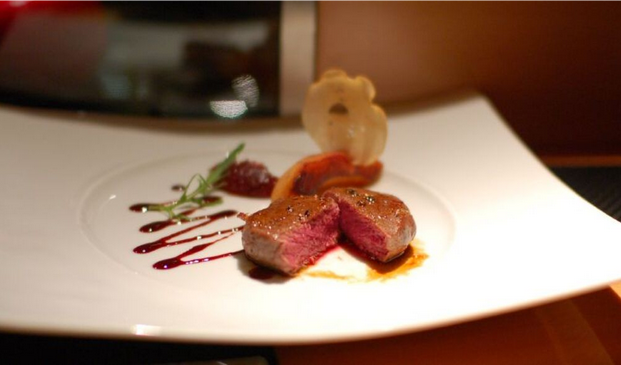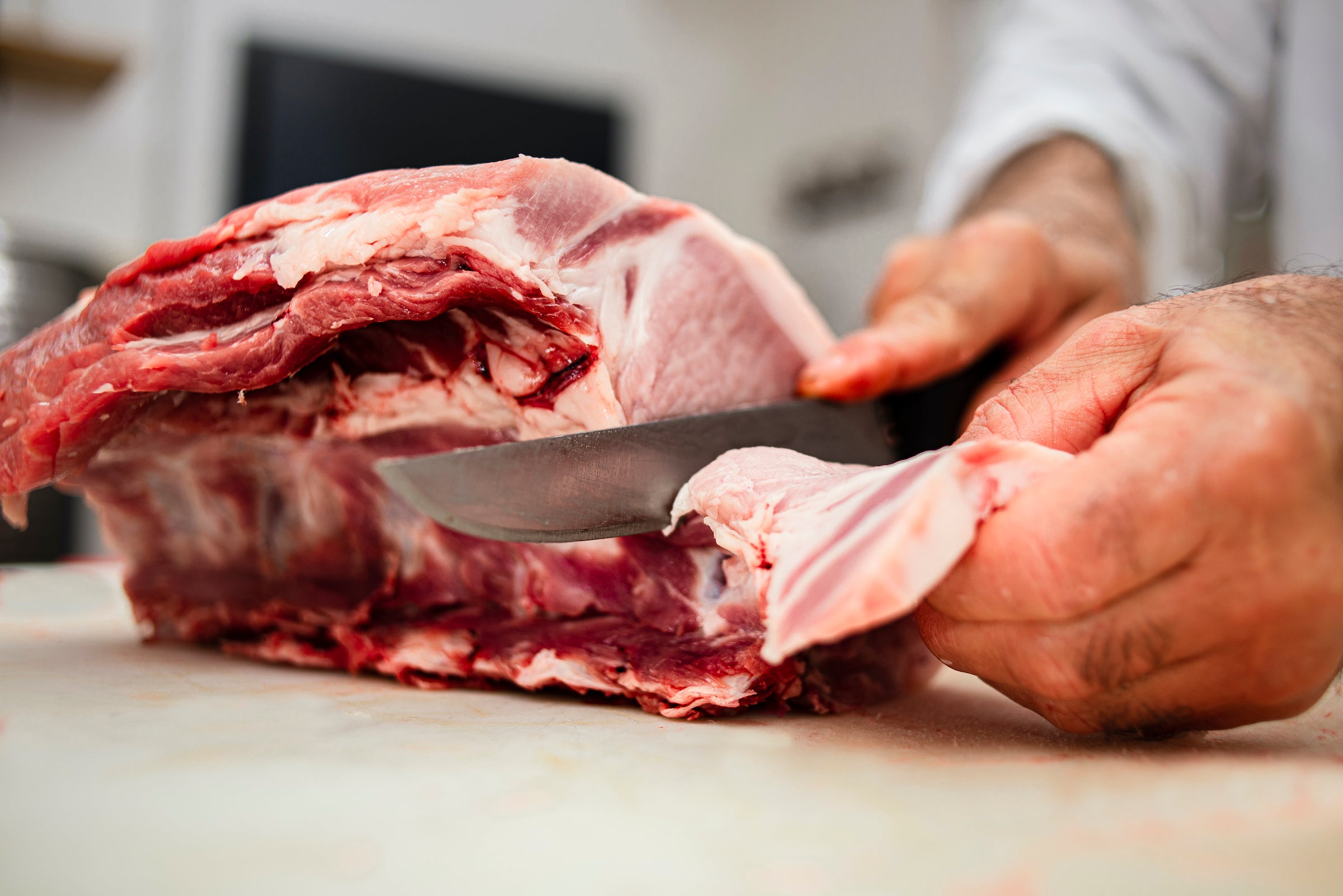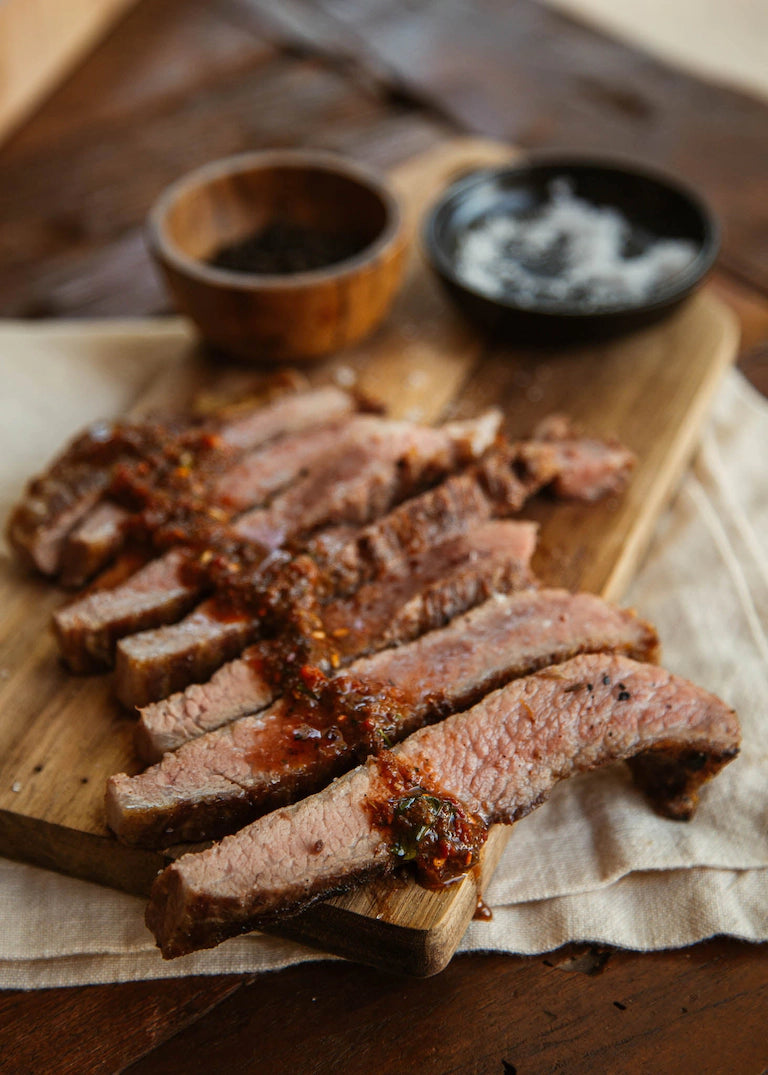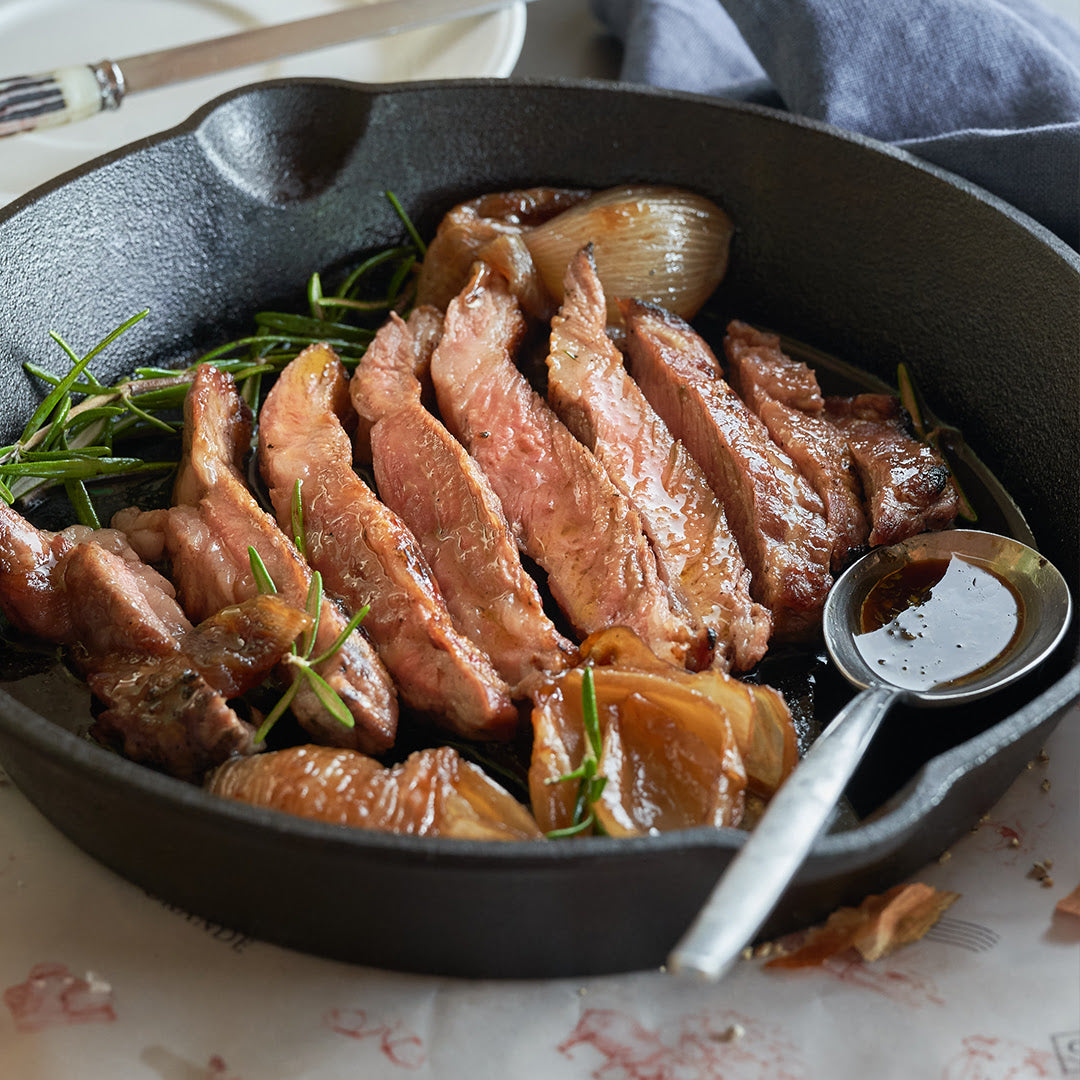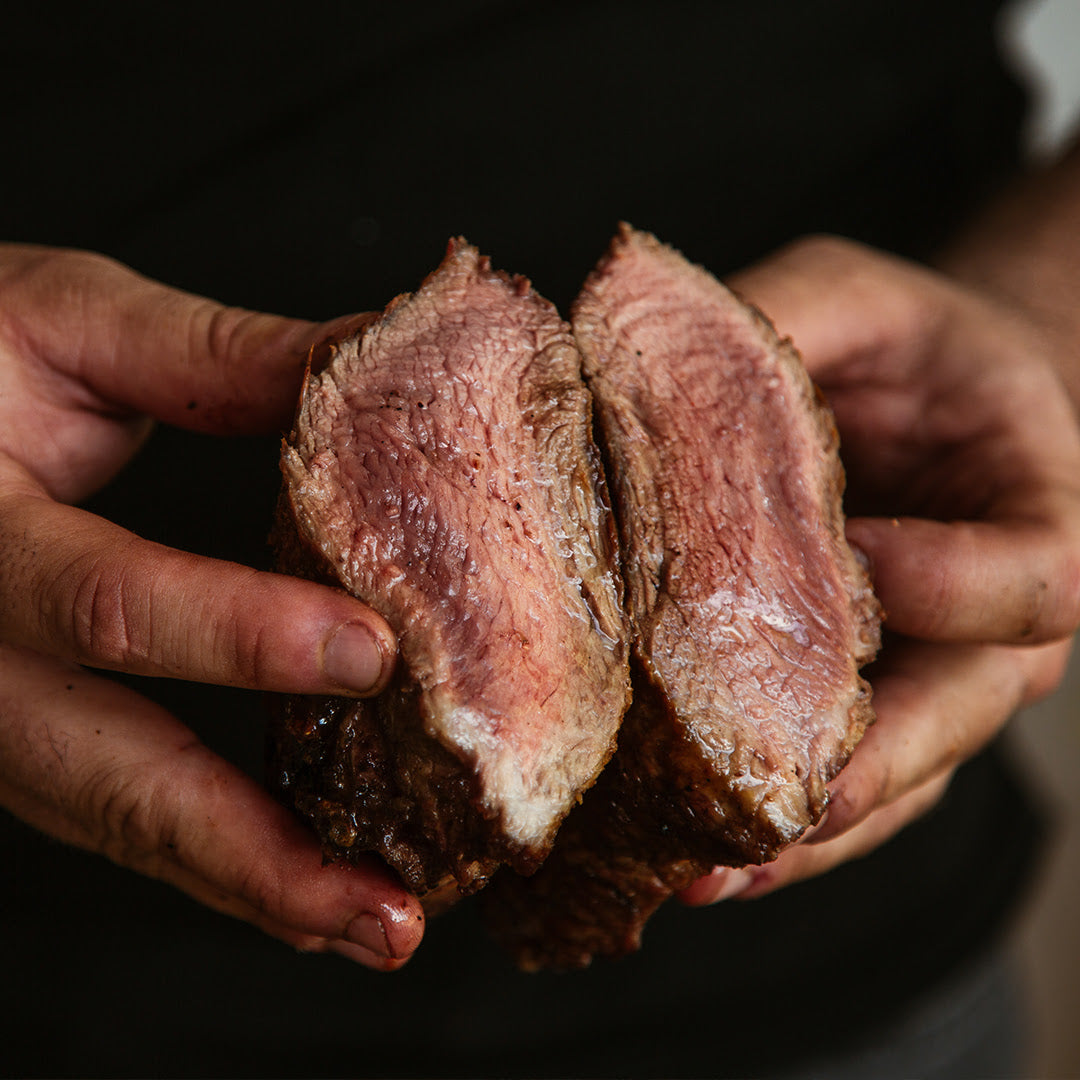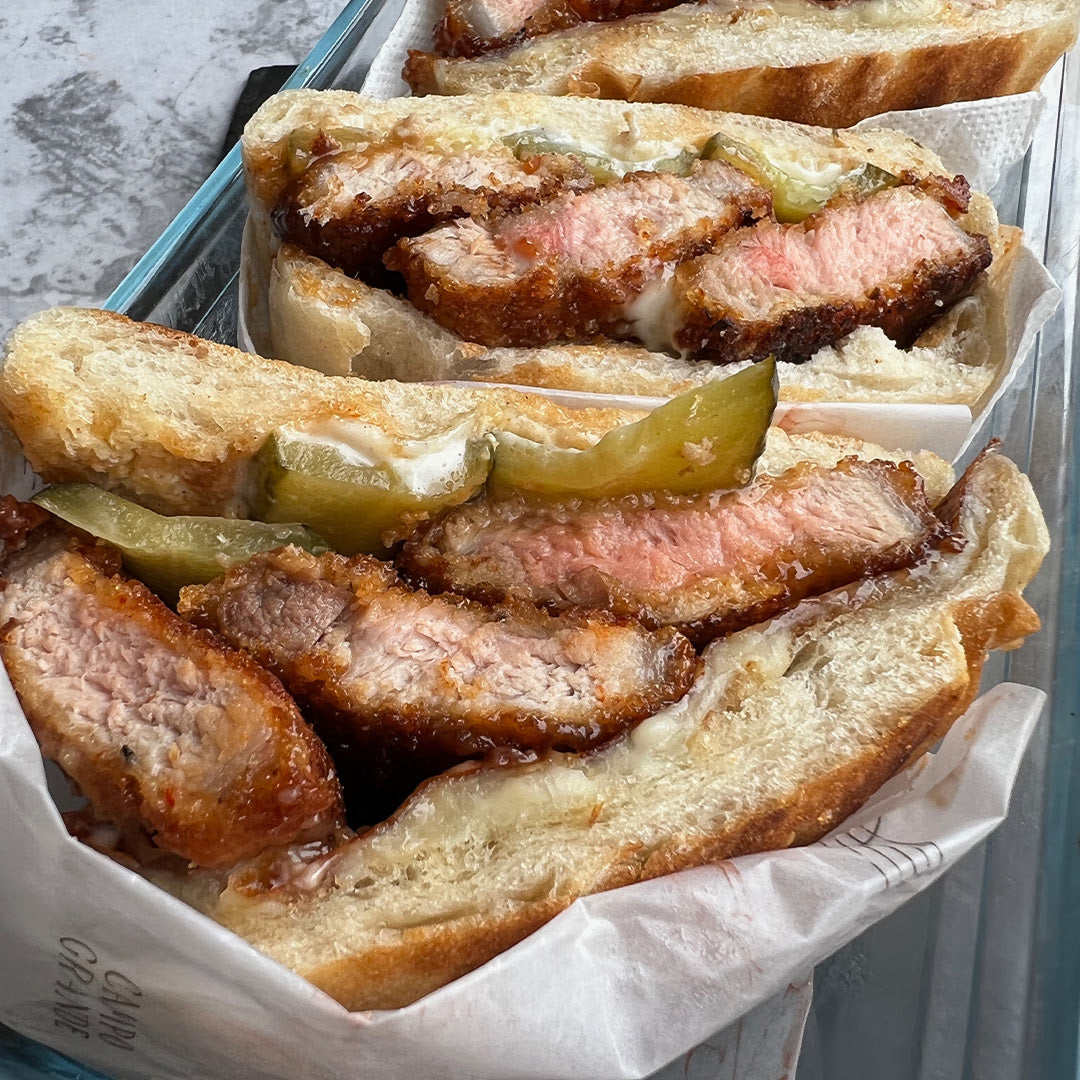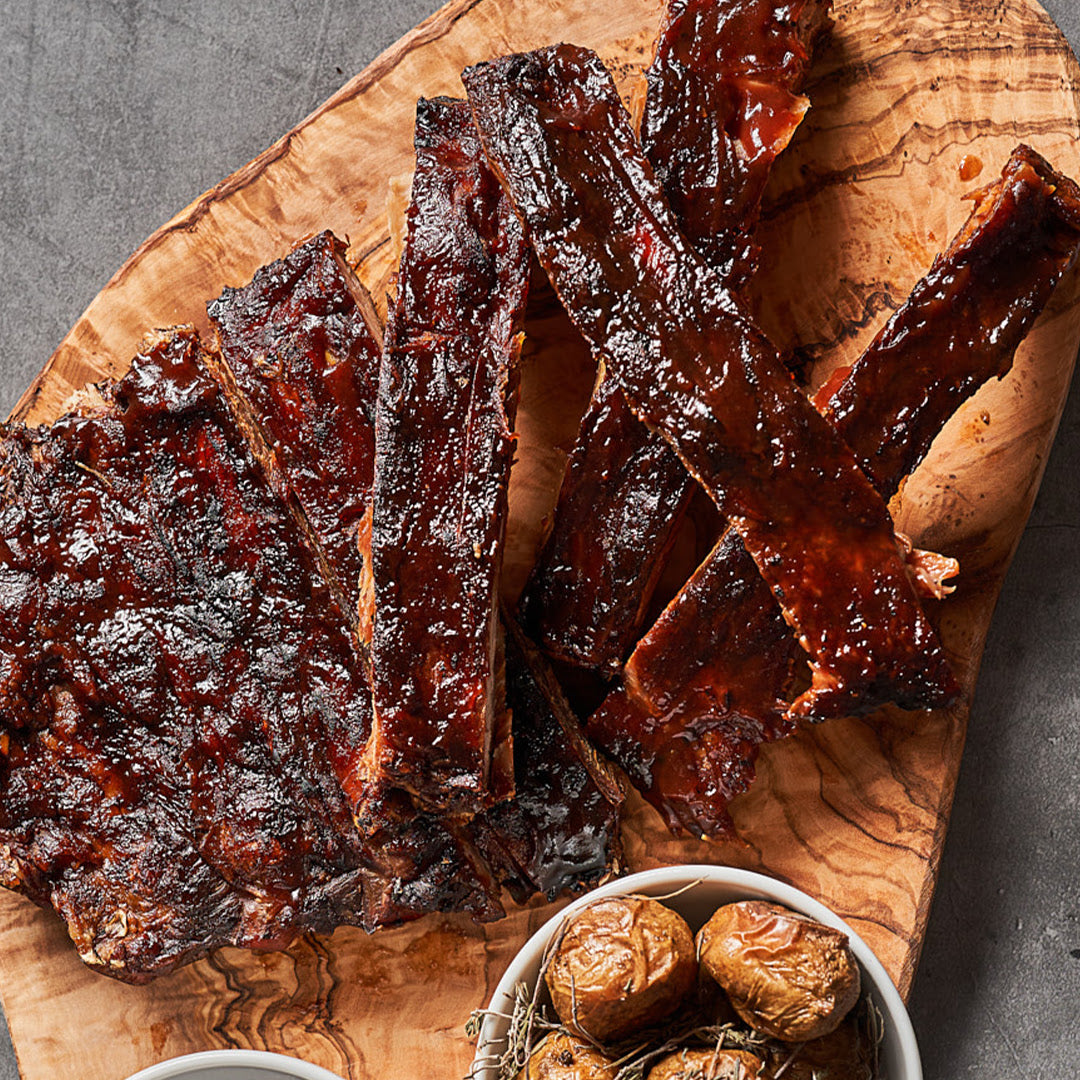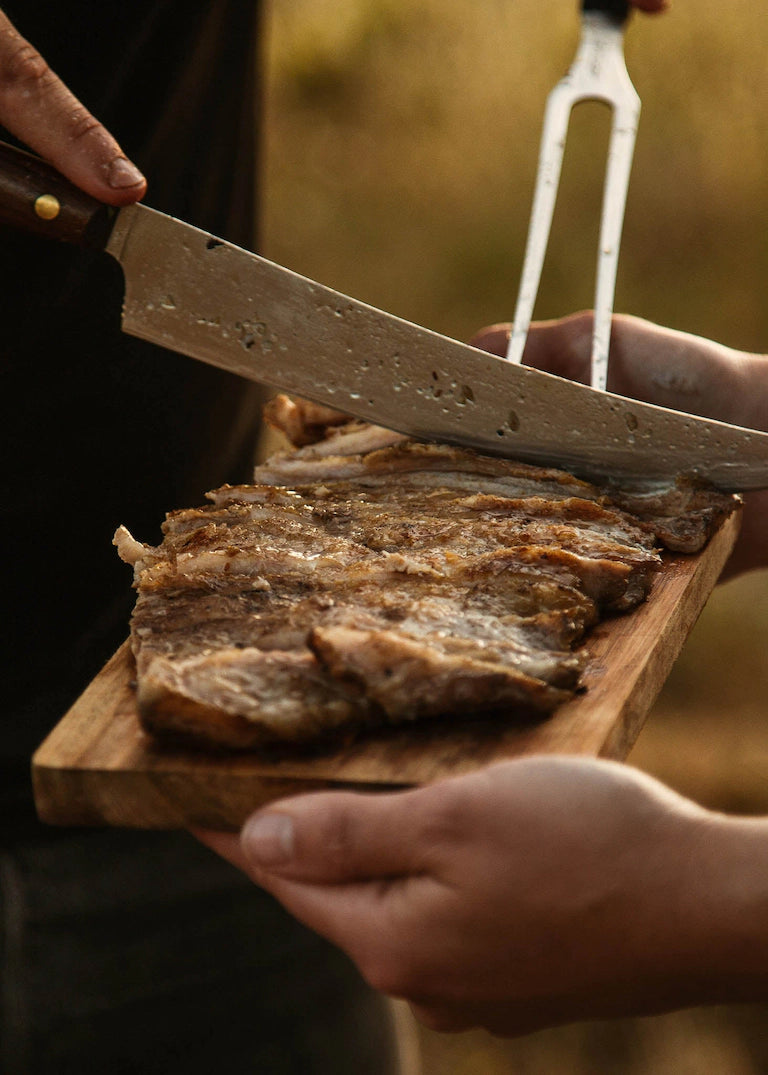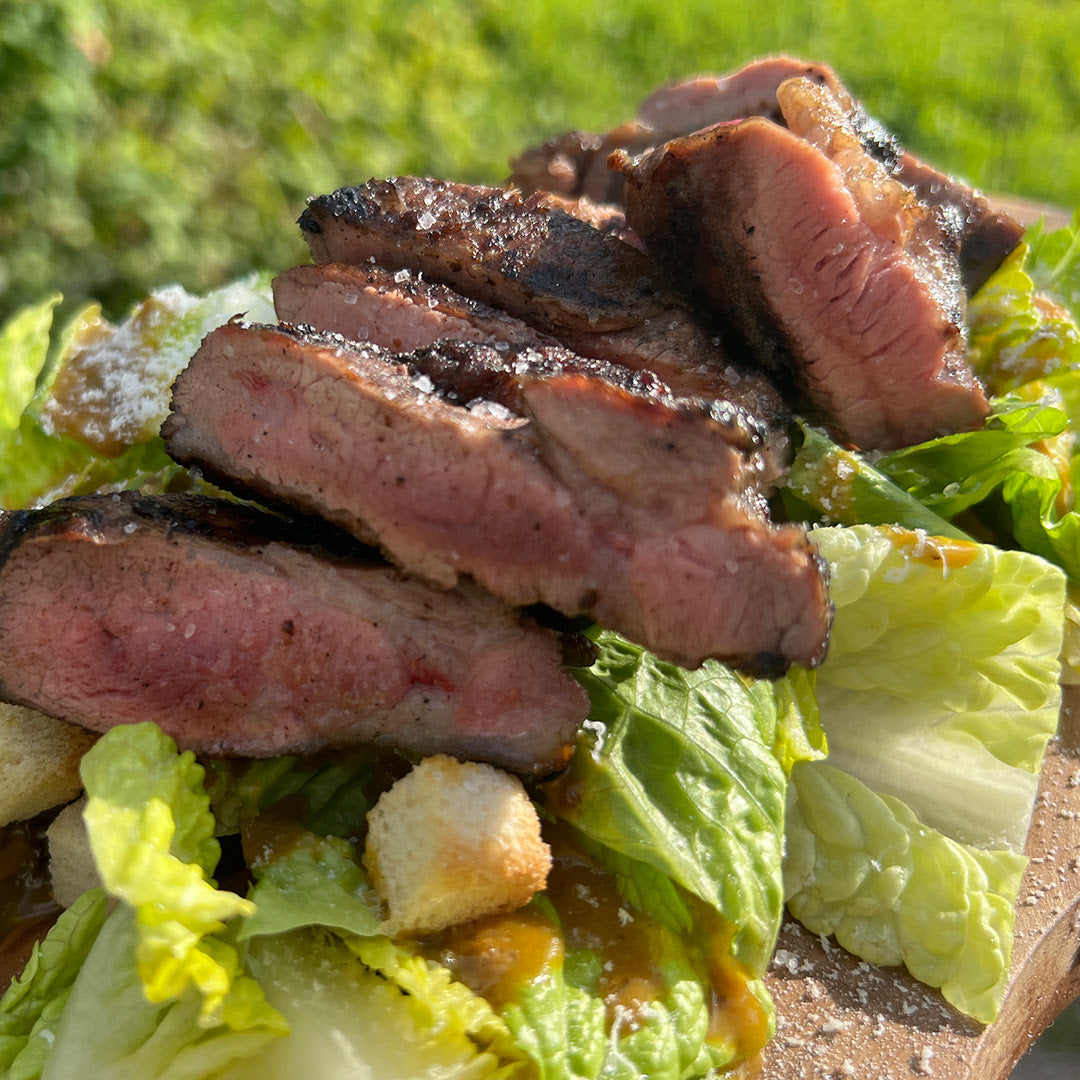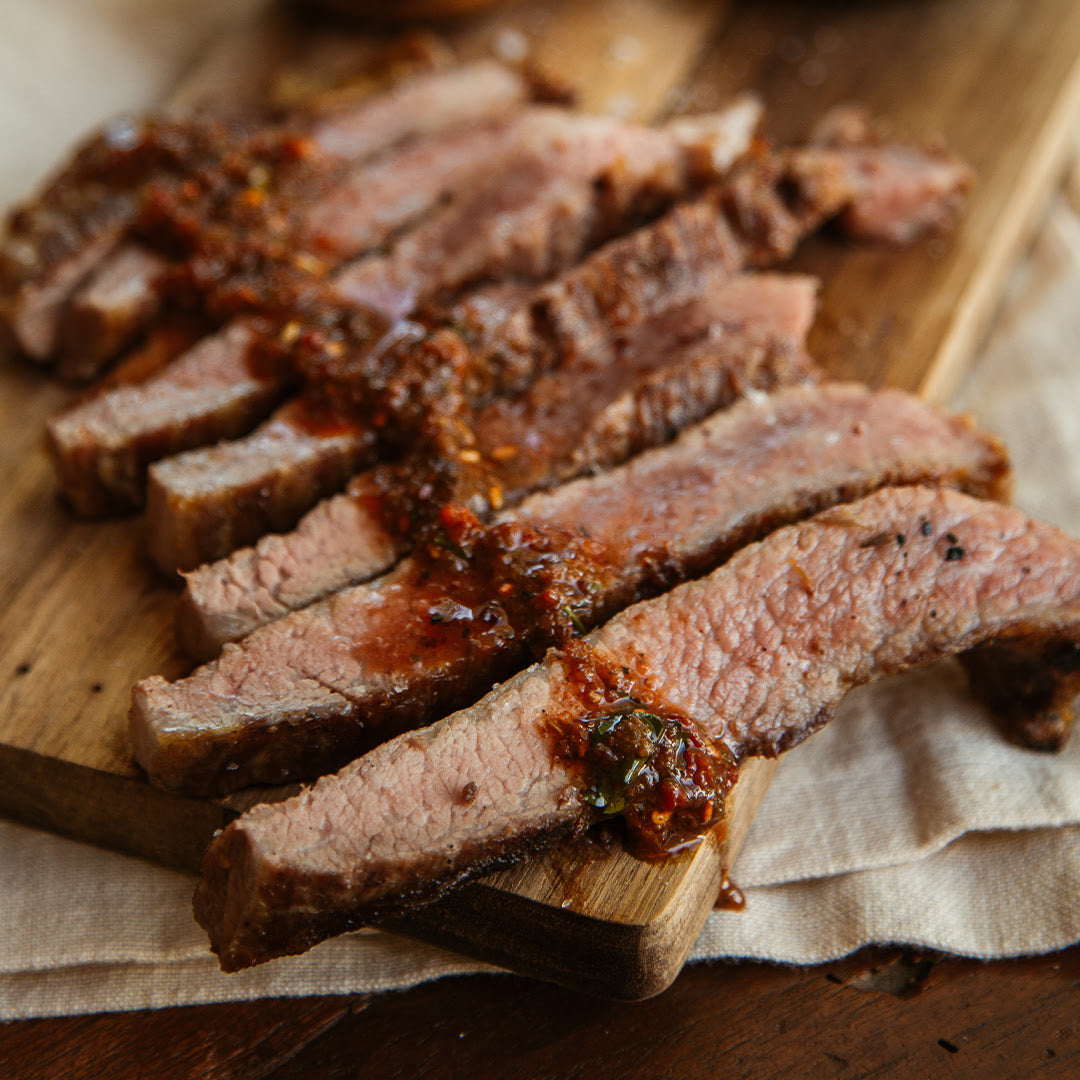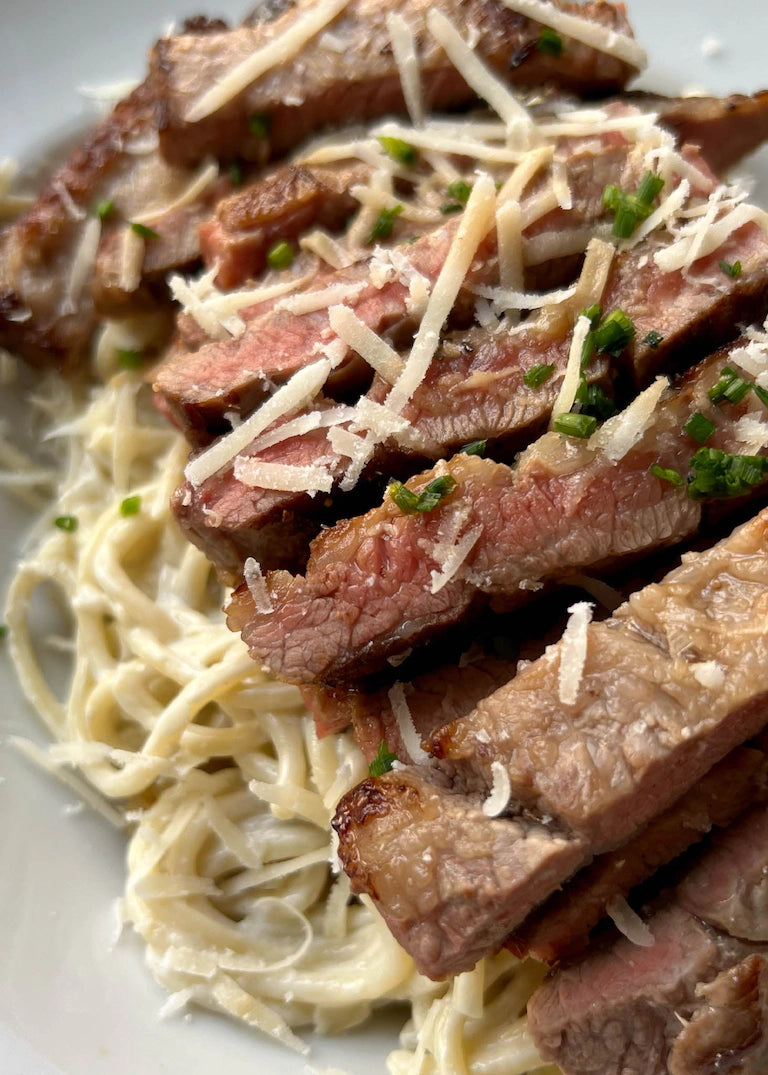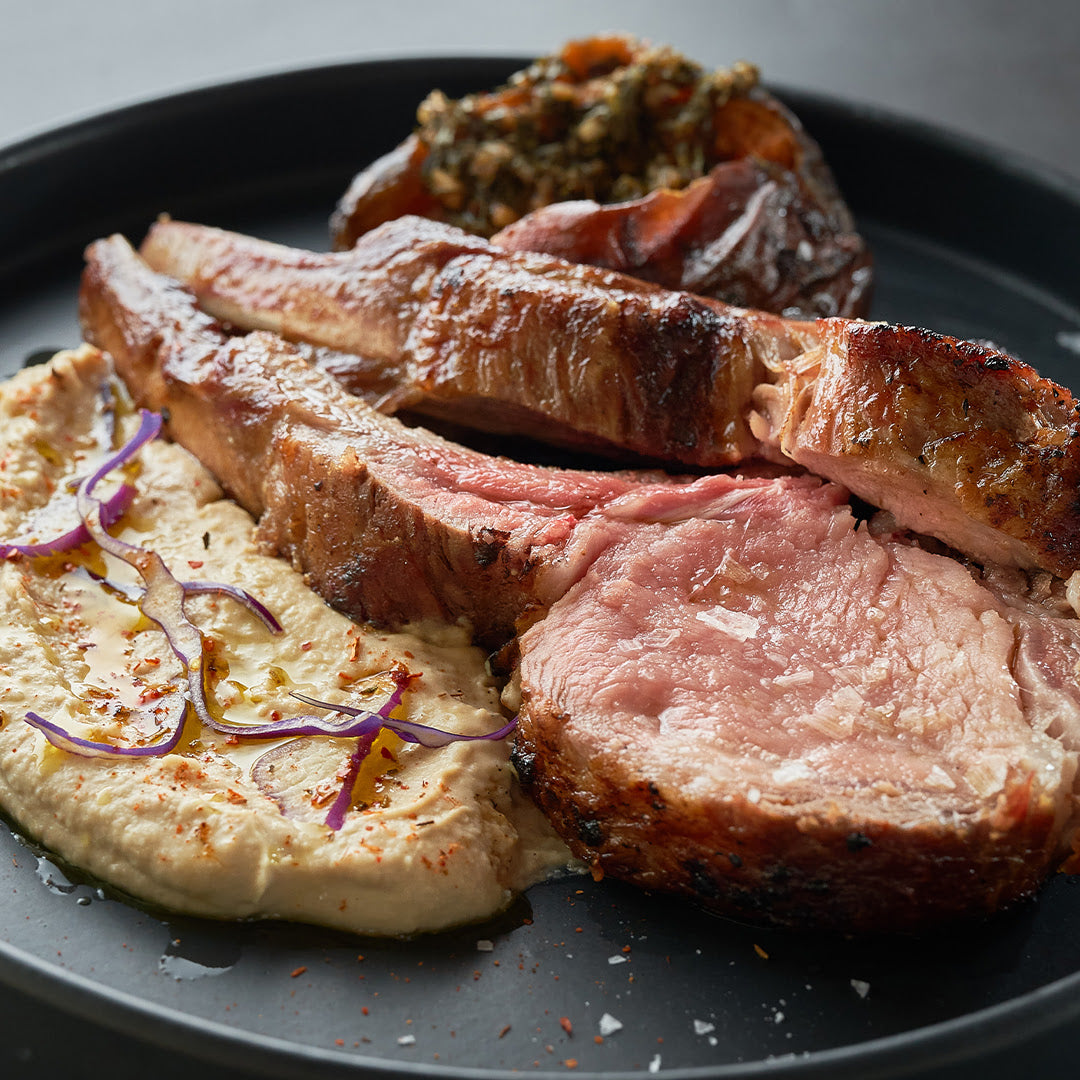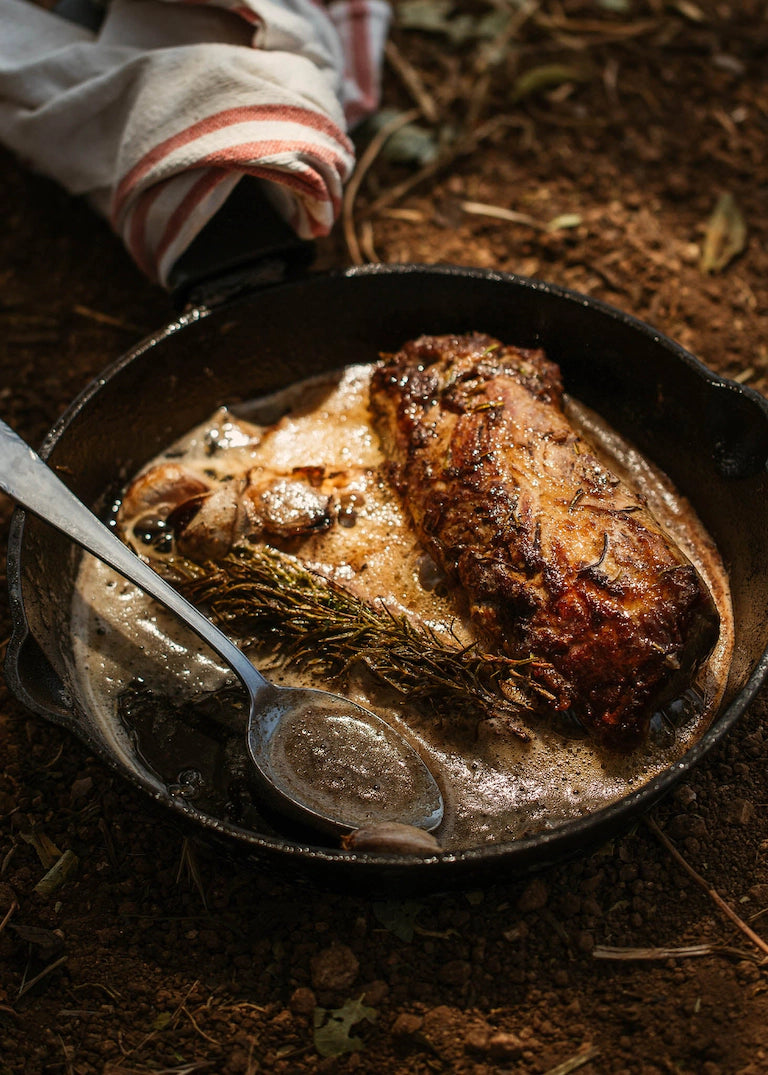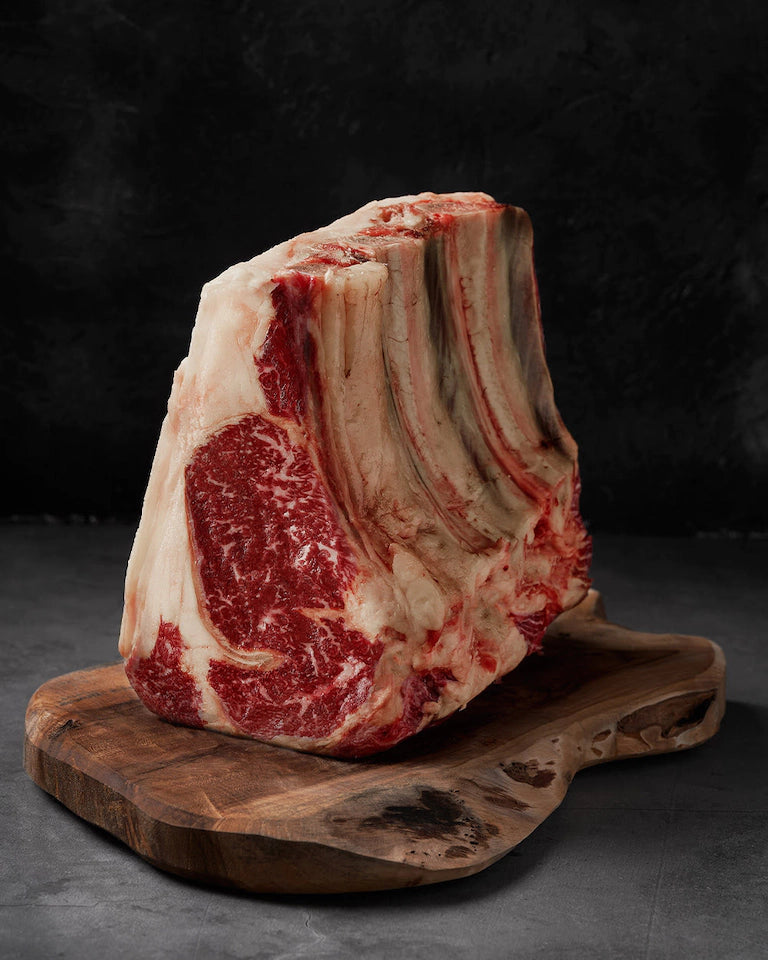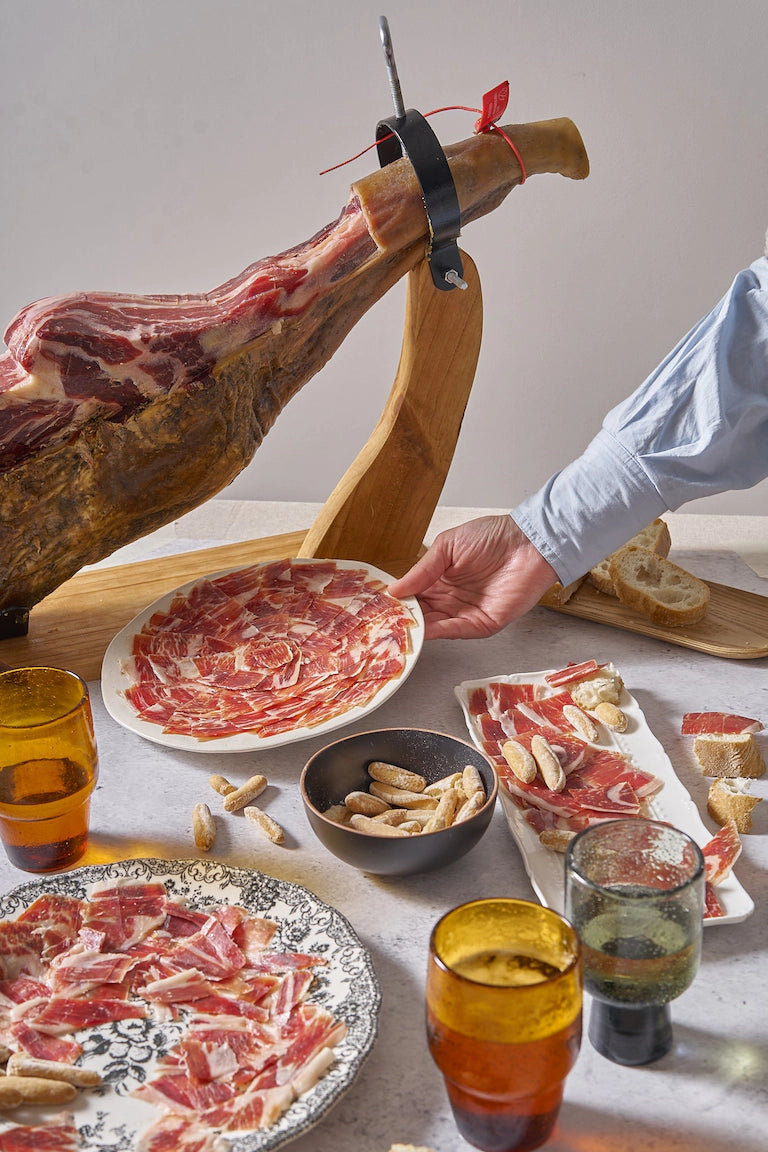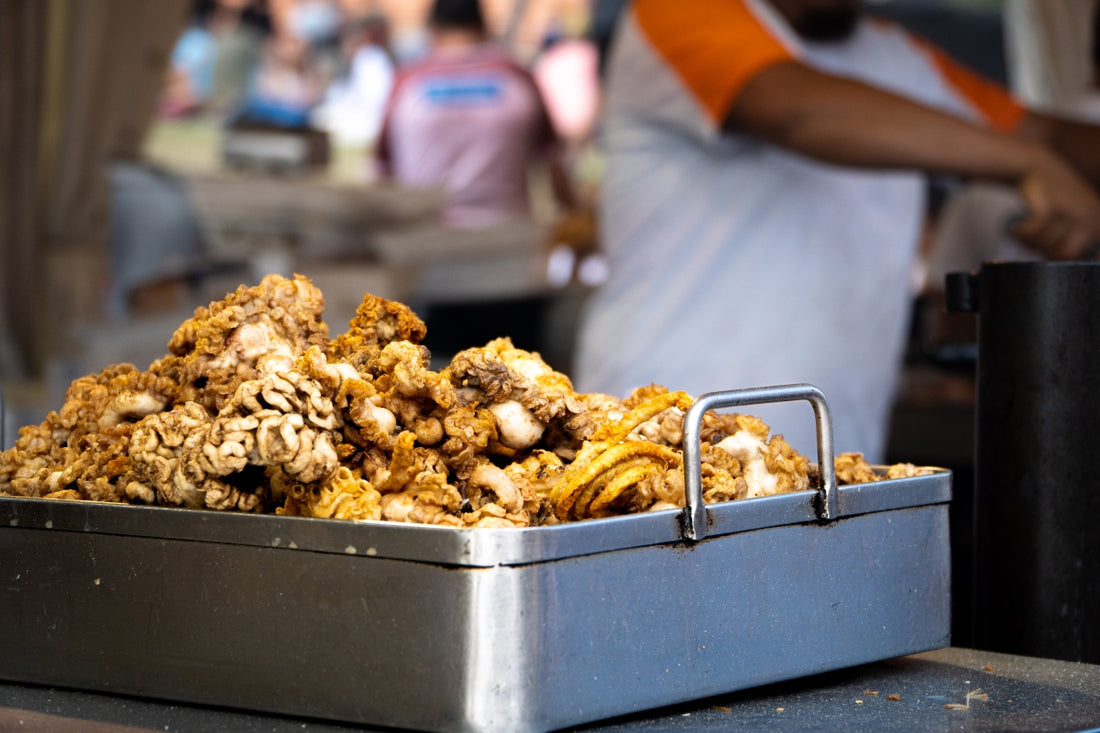
Do you like gallinejas and entresijos? If the answer is yes, then you are in luck, because in this post we will teach you how to prepare this delicious dish typical of Madrid's cuisine, made with lamb entrails. In addition, you will learn about some of its health benefits and the best side dishes to accompany it, so don't hesitate to enjoy it!
The gallinejas are the innards of the lamb, specifically the parts of the small intestine, which are fried in their fat until golden brown and crispy. On the other hand, the entrails are the mesentery of this animal, a membrane that holds the abdominal organs, which is fried similarly to the hens but with a softer and juicier texture. The two ingredients are usually served together, cut into small pieces, and sprinkled with salt and paprika, making an exquisite tapa or main dish full of flavor.
As a curious fact, the name gallinejas comes from the similarity between the guts of the lamb and those of the hens, which were also consumed in times of scarcity. In contrast, the name entresijos refers to the shape of the folds of the mesentario, the other part of the lamb used in the preparation. The recipe for gallinejas is straightforward, but it requires patience and care to do them well.
Ingredients
The exact and specific ingredients for the preparation of the redfish and entresijos are as follows:
- ½ kg of suckling lamb entrails: these are the folds of the mesentery, a membrane that holds the intestines of the animal. Some entrails contain a tiny gland called a "button," which is considered a delicacy.
- ½ kg of suckling lamb's gallinejas: These are the small intestines of the animal, cleaned of fat and mucous.
- Salt and pepper to taste.
- Olive oil (optional).
- French fries to accompany (optional).
- Bread for a sandwich (optional).
Preparation
The elaboration process is straightforward and consists of the following steps:
- The first thing to do is clean the viscera, thoroughly eliminating excess fat and blood.
- Then, both pieces are cut into small pieces and washed several times in cold water until the water runs clear. Once this is done, drain well and dry with a paper towel.
- To fry the hens and entrails, a large deep frying pan is needed, where the previously cut pieces are poured without oil, taking advantage of the fat released by the entrails. Another option is to use olive oil to fry them and thus enhance their flavor.
- Fry for about 20-30 minutes, stirring occasionally until golden brown and crispy on the outside but soft on the inside.
- Remove with a skimmer and place on paper towels to remove excess fat.
- Season to taste and serve hot.
The gallinejas and entresijos are very tasty but very high in calories, so they should be consumed in moderation and accompanied by a light and fresh garnish. Some popular options are green salad, spiced tomatoes, french fries, or bread. They can also be served with salsa brava, alioli sauce, or vinegar for an authentic flavor explosion.
As a recommendation, it is essential to clean the refuse well before cooking is necessary. They can be soaked in water and vinegar for a few hours or even the day before to eliminate odor and dirt.
Advantages
One of the benefits of hens and gizzards is that they are a source of high-biological value protein, which helps to maintain muscle mass and repair body tissues. In addition, they contain iron, zinc, and B vitamins, which contribute to the normal functioning of the nervous and immune systems. However, they are also high in cholesterol and saturated fats, so they should be avoided if you have heart or liver problems. They are not suitable for all palates, but meat lovers enjoy them as a delicacy.
Gallinejas y entresijos is a traditional Madrilenian dish that dates back to the 18th century when butchers used the less appreciated parts of the lamb as food. The city's slaughterhouses distributed the lamb's offal among the poorest, who used it to make this simple and nutritious dish. Over time, this dish became popular among the working class and symbolized traditional cuisine. Today, they can be found in many bars and restaurants in the capital, especially during the San Isidro festivities.
If you liked this recipe of gallinejas y entresijos, do not hesitate to share it with your friends and family. If you dare to prepare it at home, you will surely be the sensation dish of the table. Bon appetit!
